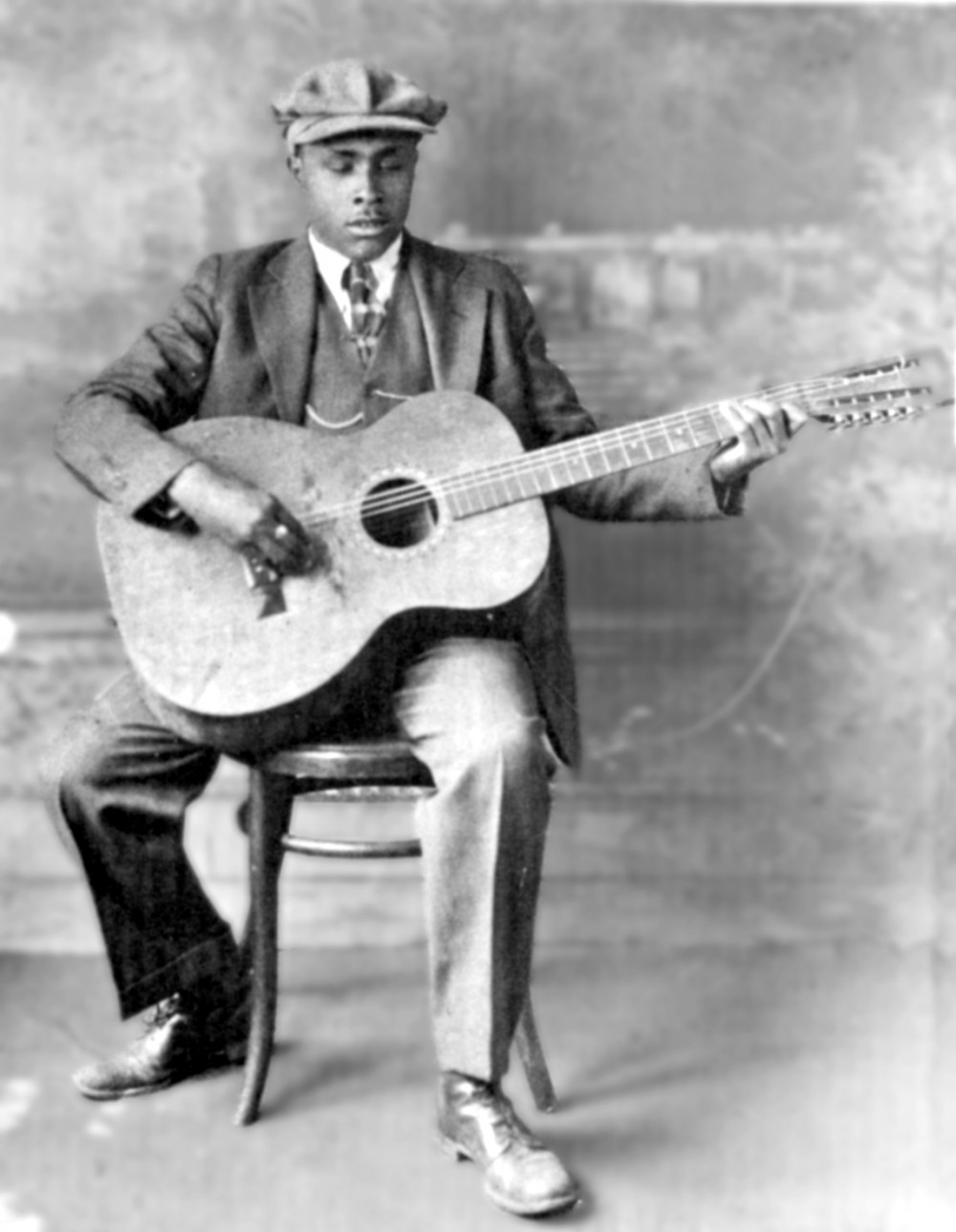93 Seminole Avenue,
Forest Hills, L. I.,
February 2, 1924.
The New York Symphony Orchestra,
New York City.
Dear Friends:
I have the joy of being able to tell you that, though deaf and blind, I spent a glorious hour last night listening over the radio to Beethoven’s “Ninth Symphony.” I do not mean to say that I “heard” the music in the sense that other people heard it; and I do not know whether I can make you understand how it was possible for me to derive pleasure from the symphony. It was a great surprise to myself. I had been reading in my magazine for the blind of the happiness that the radio was bringing to the sightless everywhere. I was delighted to know that the blind had gained a new source of enjoyment; but I did not dream that I could have any part in their joy. Last night, when the family was listening to your wonderful rendering of the immortal symphony someone suggested that I put my hand on the receiver and see if I could get any of the vibrations. He unscrewed the cap, and I lightly touched the sensitive diaphragm. What was my amazement to discover that I could feel, not only the vibrations, but also the impassioned rhythm, the throb and the urge of the music! The intertwined and intermingling vibrations from different instruments enchanted me. I could actually distinguish the cornets, the roll of the drums, deep-toned violas and violins singing in exquisite unison. How the lovely speech of the violins flowed and plowed over the deepest tones of the other instruments! When the human voice leaped up trilling from the surge of harmony, I recognized them instantly as voices. I felt the chorus grow more exultant, more ecstatic, upcurving swift and flame-like, until my heart almost stood still. The women’s voices seemed an embodiment of all the angelic voices rushing in a harmonious flood of beautiful and inspiring sound. The great chorus throbbed against my fingers with poignant pause and flow. Then all the instruments and voices together burst forth—an ocean of heavenly vibration—and died away like winds when the atom is spent, ending in a delicate shower of sweet notes.
Of course, this was not “hearing” but I do know that the tones and harmonies conveyed to me moods of great beauty and majesty. I also sensed, or thought I did, the tender sounds of nature that sing into my hand—swaying reeds and winds and the murmur of streams. I have never been so enraptured before by a multitude of tone-vibrations.
As I listened, with darkness and melody, shadow and sound filling all the room, I could not help remembering that the great composer who poured forth such a flood of sweetness into the world was deaf like myself. I marvelled at the power of his quenchless spirit by which out of his pain he wrought such joy for others—and there I sat, feeling with my hand the magnificent symphony which broke like a sea upon the silent shores of his soul and mine.
Let me thank you warmly for all the delight which your beautiful music has brought to my household and to me. I want also to thank Station WEAF for the joy they are broadcasting in the world.
With kindest regards and best wishes, I am,
Sincerely yours,
HELEN KELLER


 Pyotr Ilyich Tchaikovsky to his benefactress, Nadezhda von Meck, dated March 17th, 1878, and found in the 1905 volumeThe Life & Letters of Pete Ilich Tchaikovsky:
Pyotr Ilyich Tchaikovsky to his benefactress, Nadezhda von Meck, dated March 17th, 1878, and found in the 1905 volumeThe Life & Letters of Pete Ilich Tchaikovsky:

